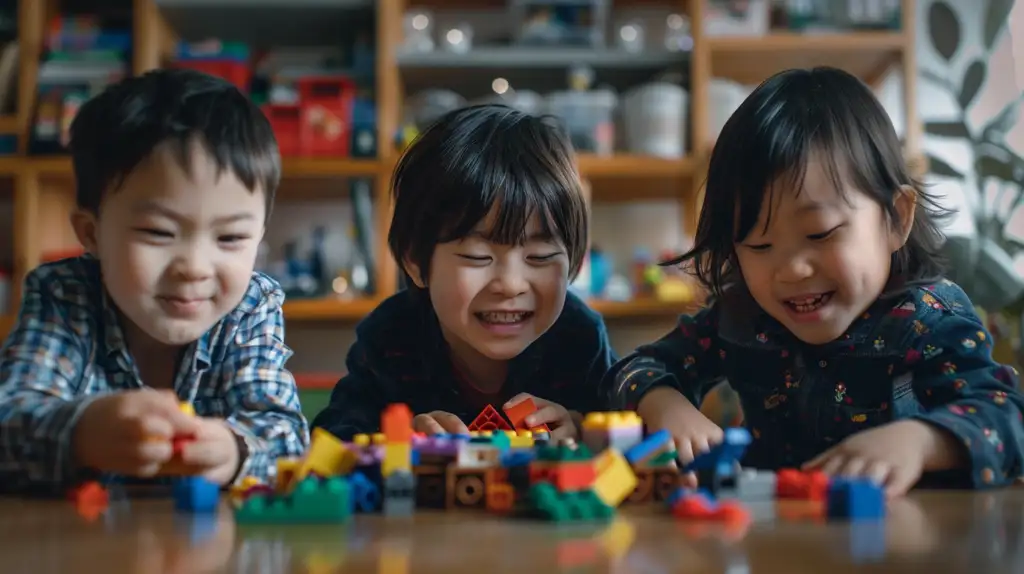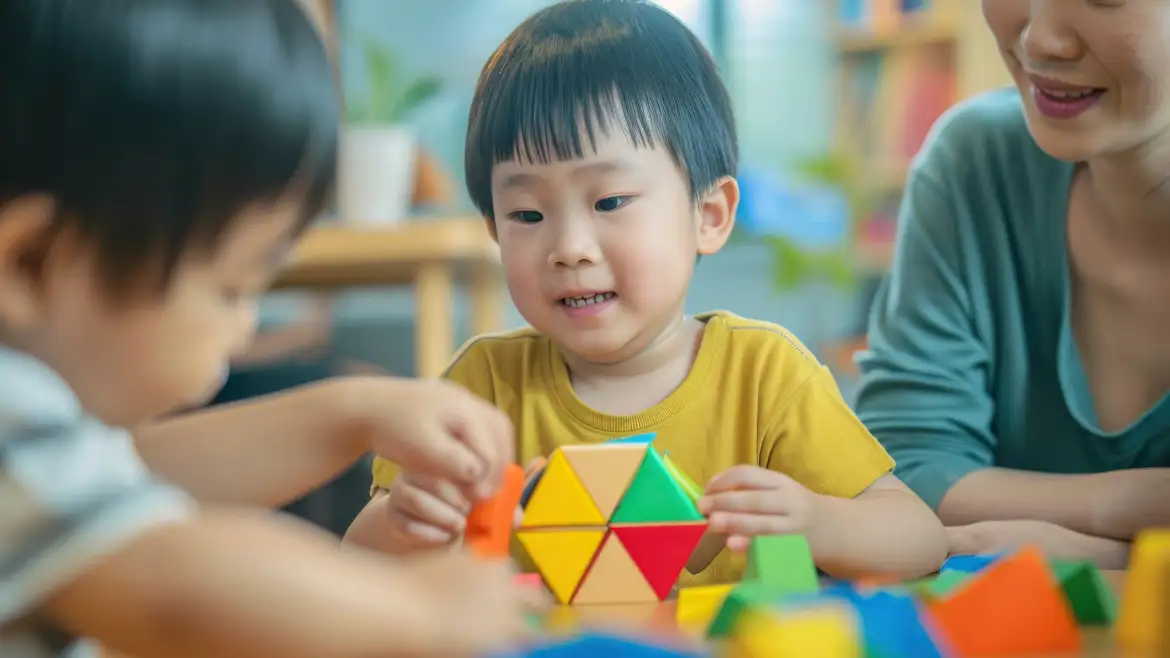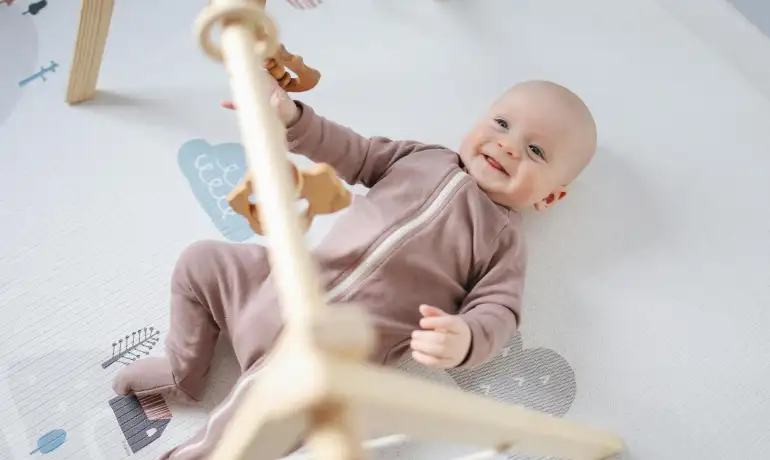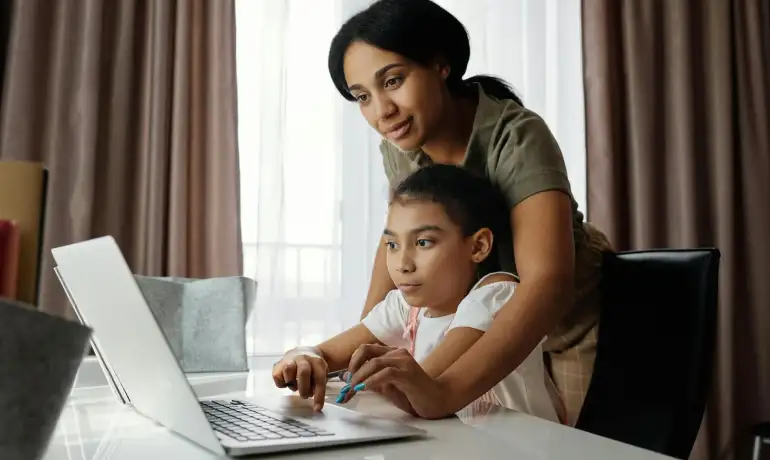Choosing the right Singapore kindergarten is one of the most important decisions you’ll make as a parent. It’s about more than just academics—it’s about finding a nurturing, engaging, and supportive environment where your child will learn and grow.
Many websites offer basic overviews, but often miss practical tips that parents really need. This guide dives into ten crucial things every parent should know before enrolling their child in a Singapore kindergarten.
1. Understand the Difference Between MOE and Private Kindergartens
MOE Kindergartens follow a structured curriculum developed by the Ministry of Education. It focuses on bilingual learning, social development, and school readiness. They are also highly affordable—around $160/month for Singapore citizens.
Private kindergartens offer a broader variety of approaches. From Montessori and Reggio Emilia to international frameworks, they provide diverse learning experiences—but often at a higher cost ($800–$2,500/month). Some premium preschools include robotics, drama, or multiple languages.
You can explore this comparison in our full guide to Kindergarten Singapore.
2. Location Really Does Make a Difference
A nearby Singapore kindergarten can make morning routines less stressful and allow more quality time at home. It also makes it easier to build community ties, attend events, and be part of your child’s day-to-day school life.
Popular picks by area:
- Central: EtonHouse, MindChamps @ Marina Square
- East: MapleBear, Pat’s Schoolhouse @ Katong
- West: Mulberry Learning @ Bukit Batok, Carpe Diem @ Toh Tuck
- North: PCF Sparkletots @ Yishun, Little Footprints @ Sembawang
3. Reviews from Real Parents are Invaluable
Websites and brochures can’t match the value of parent-to-parent feedback. You’ll get honest perspectives about teacher quality, communication, class dynamics, and more.
Check parenting forums like KiasuParents or Facebook groups for up-to-date reviews of Singapore kindergarten experiences. Speaking directly with parents during school visits also offers rich insights.
4. Look for Child-Centered Curriculum, Not Just Academics
Academic preparation is essential—but so is play, exploration, and social development. The best Singapore kindergartens strike a balance between structured learning and creative freedom.
Top features to look for:
- Hands-on learning
- Purposeful play
- Integrated thematic projects
- Character education and values-based curriculum
5. Ask About Bilingual Programmes
Bilingualism is a national priority. Most Singapore kindergartens offer English alongside a Mother Tongue (Mandarin, Malay, or Tamil).
MOE centres typically split daily time between both languages. Meanwhile, some private kindergartens offer Mandarin immersion with native-speaking educators—ideal for families aiming to strengthen Chinese language exposure.
Want a list of bilingual options? Check our article on Preschool Singapore.
6. Don’t Forget to Budget for Hidden Costs
Besides monthly tuition, you should also consider:
- Registration and material fees
- Uniforms and school bags
- Meals (if not included)
- Enrichment programmes and holiday camps
- Excursions and celebration events
These costs can add up—so always ask for a fee breakdown when comparing Singapore kindergarten options.

7. Explore Inclusive Support for Children with Special Needs
If your child requires additional learning support, check whether the school offers:
- Shadow teachers
- Smaller class sizes
- Access to therapists or EIPIC referrals
- Trained staff in inclusive education
Some private kindergartens specialize in neurodiverse education, while others collaborate with external professionals.
8. See How the School Prepares for Primary 1
Kindergarten should prepare your child for the social and academic demands of Primary 1.
Look for Singapore kindergartens that:
- Reinforce time management and independence
- Simulate classroom routines and homework
- Teach emotional regulation and resilience
- Host Primary 1 readiness programmes in K2
This helps ease the transition and builds your child’s confidence before entering formal school.
9. Observe the School Environment and Teacher Interactions
During school tours, observe:
- Cleanliness and safety
- Engagement levels during lessons
- How teachers talk to and comfort students
- Opportunities for hands-on play and movement
The way teachers interact with children is one of the best indicators of school culture. A warm, patient, and enthusiastic team often makes the biggest difference.
10. Visit Before You Decide (and Trust Your Gut)
No website or flyer can replace what you’ll see and feel during a school visit. Walk through the classrooms, meet the teachers, and picture your child in that space.
Ask about:
- Daily routines
- Communication with parents
- Transition support
- Enrichment offerings
Even if everything looks great on paper, the right Singapore kindergarten should feel right for you and your child.
Call to Action
Still exploring options? Little Unicorn Preschool offers a warm, play-based learning environment designed to help children grow in confidence, creativity, and curiosity.
✅ Schedule your visit today via our contact form. We’d love to welcome your family!

Frequently Asked Questions (FAQ)
1. When should I register for a Singapore kindergarten?
Most schools open registration about 6–12 months in advance. For MOE kindergartens, registration typically starts mid-year.
2. Are there subsidies available?
Yes. MOE and some private kindergartens (under Anchor Operator schemes) offer subsidies for Singapore citizens.
3. Can I switch kindergartens mid-year?
Yes, though availability may be limited. Most schools require a notice period of at least one month.
4. How long is a typical kindergarten day?
MOE kindergartens run about 4 hours per day. Private schools often offer both half-day and full-day options.
5. What if my child has separation anxiety?
Choose schools with gradual settling-in programmes, small group activities, and nurturing teachers who support emotional transitions.



